Codeless API Testing: Definition, Importance and Tools

Codeless API testing is a software testing approach that allows users to test APIs without the need to write code.
What is Codeless API Testing?
Codeless API testing is a software testing approach that allows users to test APIs without the need to write code. That is, non-technical users are able to create automated tests without advanced programming knowledge.
You see, API testing is an essential part of the software development process, as it ensures that the APIs (Application Programming Interfaces) used in an application are functioning properly and meeting the performance, quality, reliability and security expectations.
Traditionally, API testing has required some coding knowledge which involves writing test scripts or code snippets to send requests to the API and verify the response. However, this can be a challenge for organizations that do not have a dedicated testing team with coding skills.
Codeless API testing aims to solve this problem by providing a graphical user interface (GUI) or a low-code development environment that allows users to create and run API tests without the need to write code. These tools typically use a drag-and-drop interface or simple scripts or formulas to create test scenarios and verify the API response.
Why is Codeless Testing Important for Developers and QA Professionals?
Codeless tools are rapidly gaining popularity among businesses that want to streamline their testing processes and make them more accessible to non-technical team members. According to Mordor Intelligence, the low-code development platform market was valued at $7.61 billion in 2021 and is expected to reach $36.43 billion by 2027.
The advantages of using codeless testing tools are numerous. Here are some benefits below:
Lower Learning Curve
Codeless API testing tools offer a visual interface allowing testers to interact with the application through their browser without any coding knowledge or experience needed.
According to Iliyan Panchev, Product Manager at Progress Telerik Test Studio, “Codeless testing generally requires less coding skills and experience. The learning curve is not as steep as if you need to start from scratch with a completely coded solution.”
Faster, More Efficient Testing
When it comes to testing, speed is a decisive factor. Codeless testing can be faster than traditional testing, as it does not require the time-consuming process of learning, writing and debugging code.
Trying to keep up with learning new code and frameworks is already difficult, so codeless testing tools are designed with the mindset that anyone could pick one and figure it out in a day or two. This can help to increase collaboration and reduce the workload of the testing team.
"With the recording tools that codeless testing tools offer, you can quickly have your first tests in a matter of days and start seeing the benefits of the automation very early in the project,” says Panchev.
Reduced Maintenance
For codeless testing tools, maintenance of test scripts is substantially less necessary thanks to AI/ML technologies. This makes it easier for you to maintain your project’s functionality if you need to make changes.
Increased Collaboration and Product Quality
Consistent, low-maintenance codeless automated test execution increases product quality. Panchev opines that codeless test automation is usually for less technical team members to support, which “makes it more flexible in terms of team staffing and helps to boost the overall team productivity regardless of coding and automation experience level.”
“Codeless testing offers many benefits, including faster and more efficient testing, improved collaboration between developers and testers, and elimination of manual coding. By automating the testing process, codeless testing decreases the time and resources required for testing while empowering non-technical team members to actively participate in the testing process. It also allows for reusability of test scripts and data-driven testing, allowing for more comprehensive and accurate testing.”– Sandeep Kamble, Founder and CTO of SecureLayer7.
Tools for Codeless API Testing
Several codeless API testing tools are available on the market, such as Postman, Test Studio and Katalon Studio. These tools offer a variety of features and capabilities, such as the ability to create and run API tests, integrate with other tools and platforms and generate reports.
Test Studio
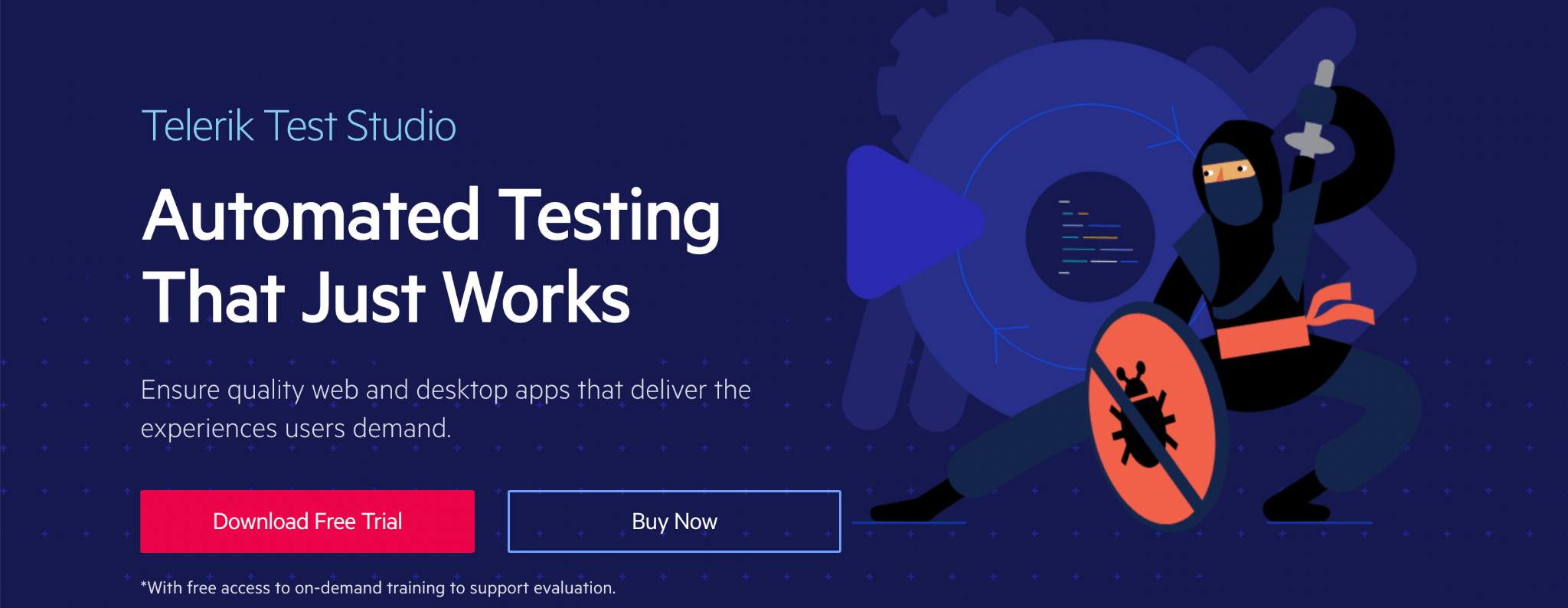
API testing with Test Studio allows you to easily build effective API tests and prove the reliability and integrity of your APIs. With its intuitive user interface and visual test recorder, Test Studio from Progress Telerik enables even less experienced QAs to create API tests, without writing a single line of code. Features include:
- Ability to add coded steps and utilize third-party libraries
- Creation of smart tests by setting variables for dynamic values on test and project level
- Ability to use API calls within functional UI tests
- Integration with Fiddler Classic and Fiddler Everywhere
Postman
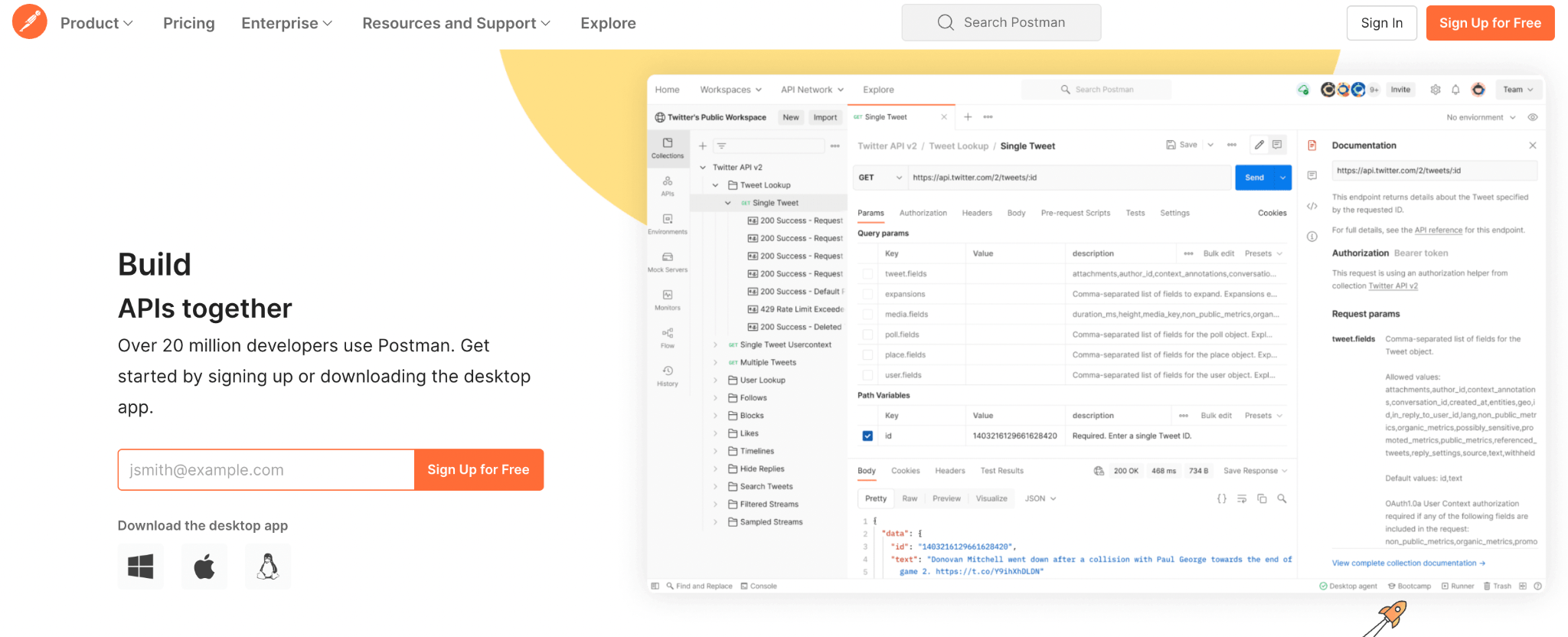
Postman is a popular API platform used by over 20 million developers. It provides tools that help to speed up the API lifecycle—from design to sharing and discoverability. Top features include:
- Ease of creating, sharing, testing and documenting APIs
- Integration with build systems
- Great user interface
- Tests and environments can be easily moved to code repositories.
Katalon Studio
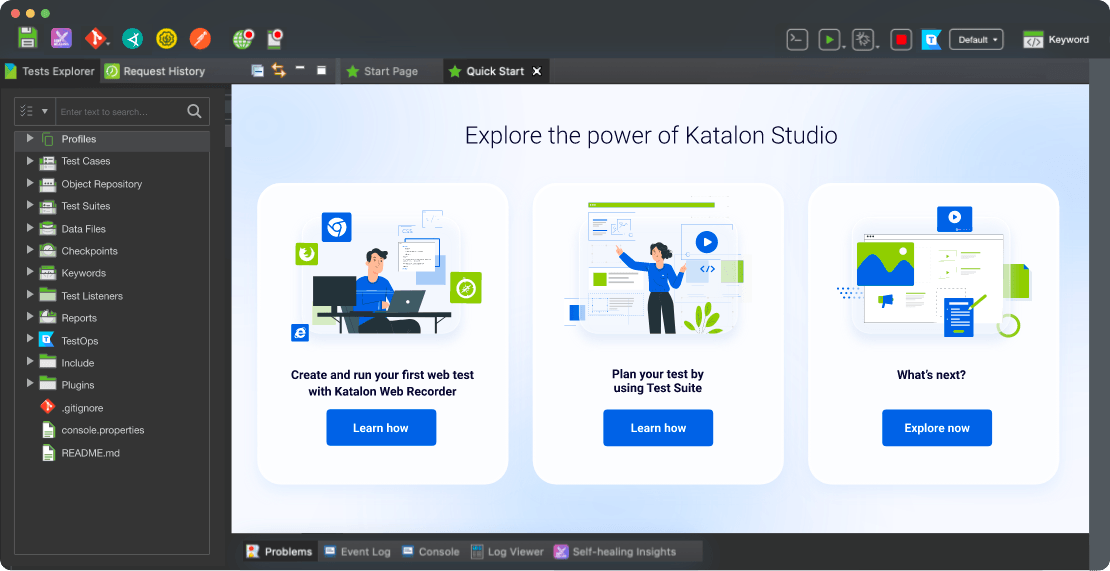
Katalon is a test automation tool that provides a no-code, low-code or full-code environment for API testing and offers the following advantages:
- Support for all types of REST, SOAP/1.1 and SOAP/1.2 requests
- Supports BDD with Cucumber files and native Gherkin editor
- Easy deployment with Docker container
- Minimal maintenance
TestGrid
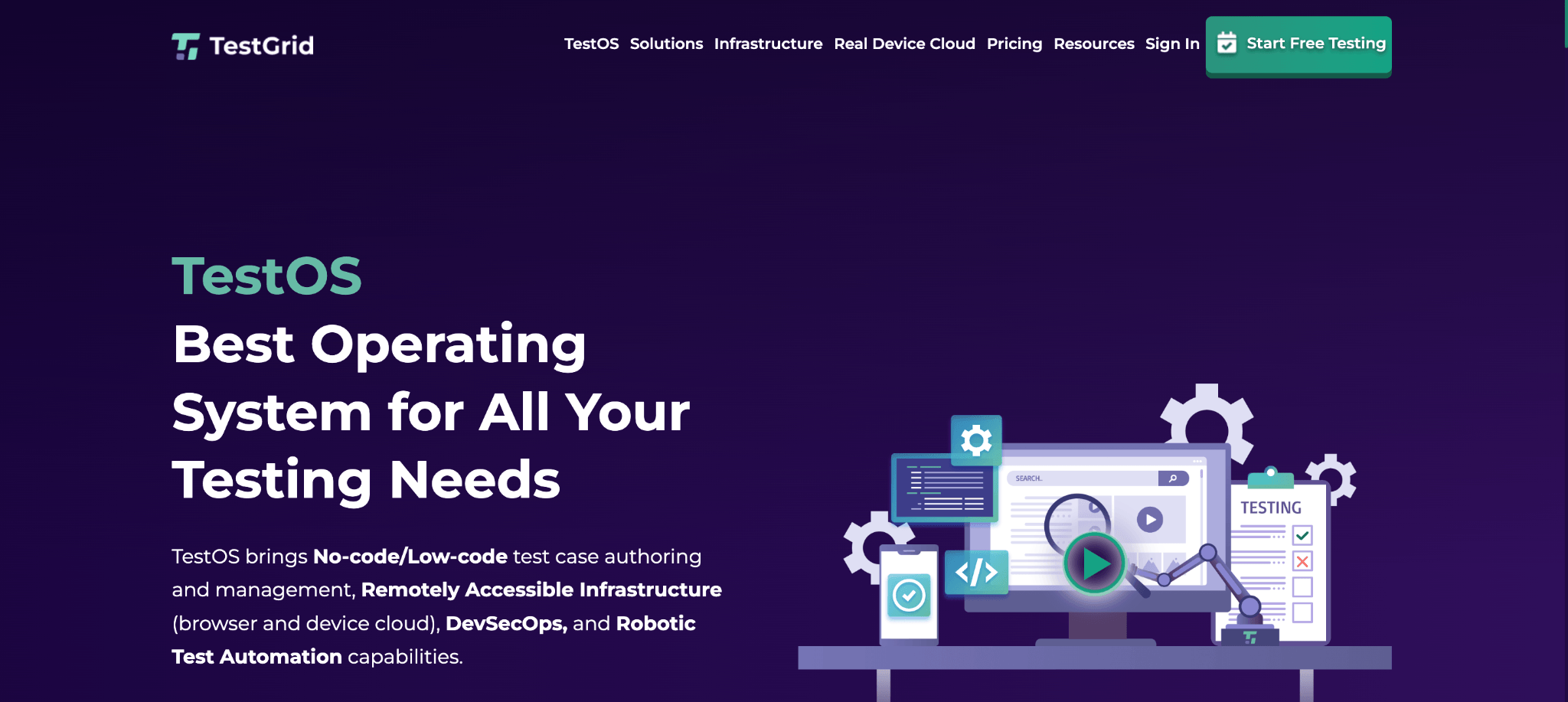
TestGrid is a powerful software testing tool that helps you build, run and continually improve automated tests in a no-code environment. It offers test case authoring and management, API testing and IoT automation. For API testing, it supports:
- Easy integration with GUI
- Better test coverage
- Reduced testing costs
- Detailed reporting
Ghost Inspector
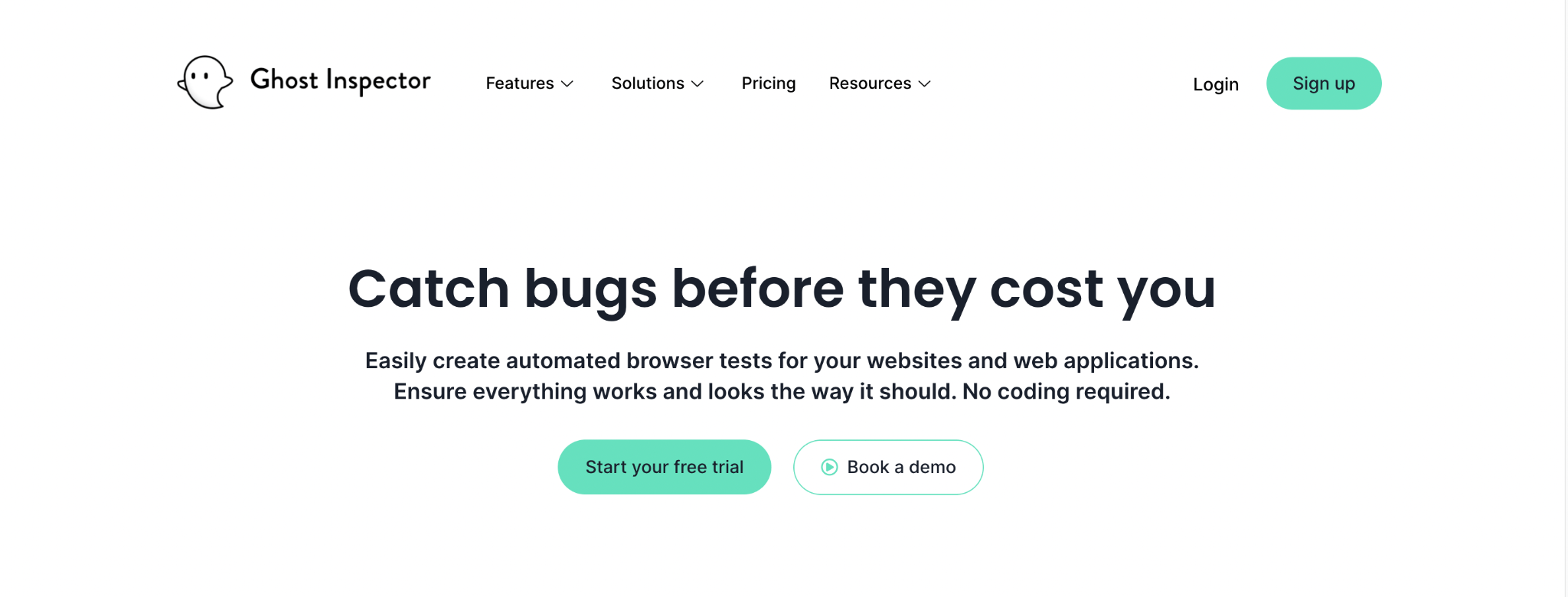
Ghost Inspector is an end-to-end testing solution and monitoring service. With it, you can create automated browser tests for websites and web applications and run them on platforms like Chrome and Firefox. It supports other features such as:
- Accessibility testing
- Parallel testing by default
- Automatic visual testing
- Flexible scheduling for continuous monitoring and alerting
How Do You Select the Right Tool for Your Testing Needs?
Panchev helps with some practical advice for what to consider when comparing testing tools:
The type of project and application: Is it well supported by the tooling?
The team expertise: If you have developers who will write test automation or very experienced QAs with coding skills, you will probably need to look for coded solutions. If the team is less experienced in coding, a codeless or a hybrid tool would be a better fit.
Price tag: It’s a good idea to calculate the price in the long term. Open-source solutions are free but you need to have coding experts, and, in the long run, the investment may not be as minimal as it initially seems. Codeless tools usually cost you in the beginning and may require a renewal fee, but the boost in team efficiency and the quick ROI should be considered.
Concluding Thoughts
Codeless API testing saves time and produces higher-quality code. No more boring manual testing, no more tedious manual test cases and no more waiting for test results. With codeless API testing, you can automate your tests quickly and get instant reports.
Frequently Asked Questions (FAQs)
What are No-Code Automation Tools?
No-code automation tools are software platforms that allow users to build, test and deploy automated processes and workflow applications without the need to write code. These tools typically use a graphical user interface (GUI) or a low-code development environment, allowing users to create automation by dragging and dropping pre-built elements or by using simple scripts or formulas.
What is No-Code API?
No-Code API allows users to connect with various APIs without requiring any coding experience. No-Code API Builders typically provide a visual interface or drag-and-drop tools that make it easy for users to connect different data sources and automate data flow to create custom APIs.
How to Create API with No Code?
You can create APIs with API creation platforms that don’t require coding expertise. After choosing a suitable no-code platform, your next steps involve defining and building your API endpoints, testing, publishing and finally monitoring your APIs.
Does API Testing Require Coding?
API testing does require some coding knowledge, as it involves writing test scripts or code snippets to send requests to the API and verify the response. However, the level of coding required for API testing can vary depending on the complexity of the API, the testing framework being used, and the testing approach being taken. Some API testing tools, such as Postman and Test Studio, provide a GUI or a low-code development environment that can make it easier for non-programmers to create and run API tests without writing much code.
Benefits of Codeless API Testing with Test Studio
Test Studio allows codeless, coded or a hybrid of approaches for API testing. Its intuitive user interface makes it easy for even less experienced QAs to ensure the reliability and integrity of your APIs, without needing to write a single line of code.

John Iwuozor
John Iwuozor is a freelance writer for cybersecurity and B2B SaaS brands. He has written for a host of top brands, the likes of ForbesAdvisor, Technologyadvice and Tripwire, among others. He’s an avid chess player and loves exploring new domains.

